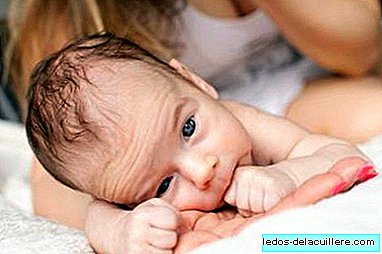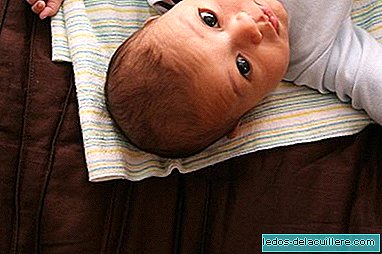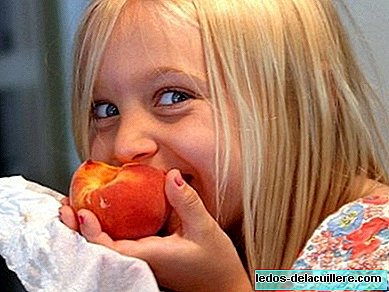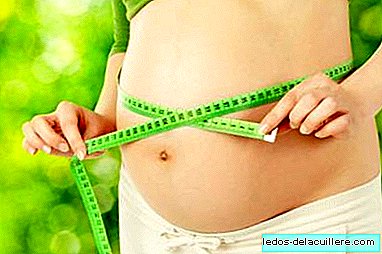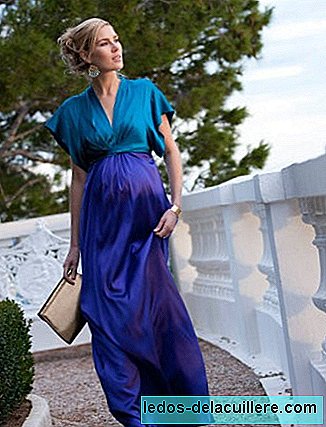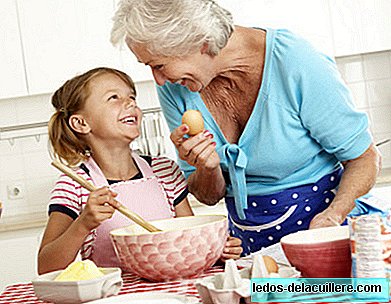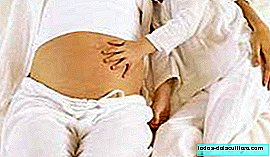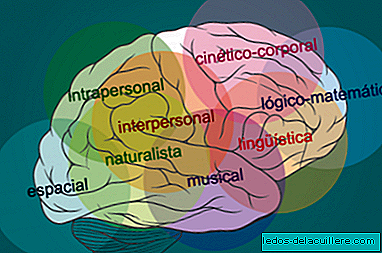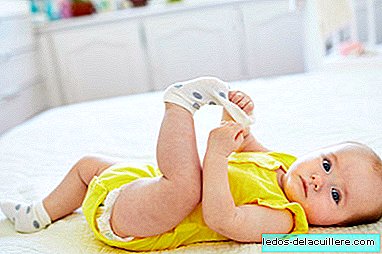
If bisphenol-A has already been removed from baby items, such as teethers or bottles, because of the dangers it poses to your health, how can it be kept in other items that are in contact with the little ones, such as socks? .
This is what I wonder after reading the conclusions of the study 'Concentrations of bisphenol A and parabens in socks for infants and young children in Spain and their hormonal activities', published in the scientific journal 'Environmental International'.
Scientists from the University of Granada (UGR), the ibs. GRANADA (Biosanitary Research Institute), the San Cecilio de Granada Clinical Hospital and the CIBER of Epidemiology and Public Health (CIBERESP) have determined that Nine out of ten socks for children ages zero to four contain traces of bisphenol A and parabens, two endocrine disruptors whose hormonal activities are related to dysfunctions that lead to disease in both children and adults.
 In Babies and more Pediatricians warn: heating plastics in the microwave or washing them in the dishwasher can contaminate our children's food
In Babies and more Pediatricians warn: heating plastics in the microwave or washing them in the dishwasher can contaminate our children's foodCheap socks have more toxicity
Through sophisticated analytical chemistry techniques and complex biological tests, Spanish researchers have studied hormonal activity, the presence of the bisphenol-A plastic component and pollution preservatives, known as parabens, of 32 pairs of socks for children between one and 48 months old.
The garments were purchased from three different local stores, classified according to the price of their items: low cost stores, franchises and exclusive brand clothing.
According to the conclusions of the Spanish work, the first on the subject that is carried out in Europe, textiles can be a source of exposure to chemical contaminants, more or less depending on the type of establishment that markets them.
The concentrations found in the low-priced store socks they reached a maximum of 3,736 ng of bisphenol-A per gram of sock, which means an average 25 times higher to that found in franchise stores and exclusive brands.
Parabens were found in all socks studied, but in average concentrations lower than bisphenol-A and with less differences between the type of establishment.
Multiple endocrine problems

Two out of ten low-priced commercial socks presented estrogenic hormonal activity, and one in three of the same establishment had antiandrogenic activity in the biological tests. This means that the extracts of these textile garments behave like the female hormone and antagonize the male hormones.
Bisphenols and parabens are endocrine disruptors and their hormonal activities are related to dysfunctions that lead to associated diseases in both children and adults: attention deficits and hyperactivity, genitourinary disorders, premature sexual development and childhood obesity, infertility, diabetes ...
 In Babies and moreAmerican doctors warn: teething necklaces and bracelets are dangerous
In Babies and moreAmerican doctors warn: teething necklaces and bracelets are dangerous "Don't eat your socks"
But what most attracts the attention of researchers is the possible digestive exposure of these chemical compounds contained in the clothes, since it is common for babies to suck their own feet and socks.
For this reason, the research group has added a slogan to its campaign to raise public awareness of exposure to endocrine disruptors with a recommendation to fathers and mothers: "Don't eat your socks!"
The UGR research group aims to inform fathers and mothers, train health workers to give timely recommendations, warn producers about the quality of their products and sensitize the national and European administration to make it much more demanding. in the regulation of endocrine disruptors in textiles.
Photos | iStock


